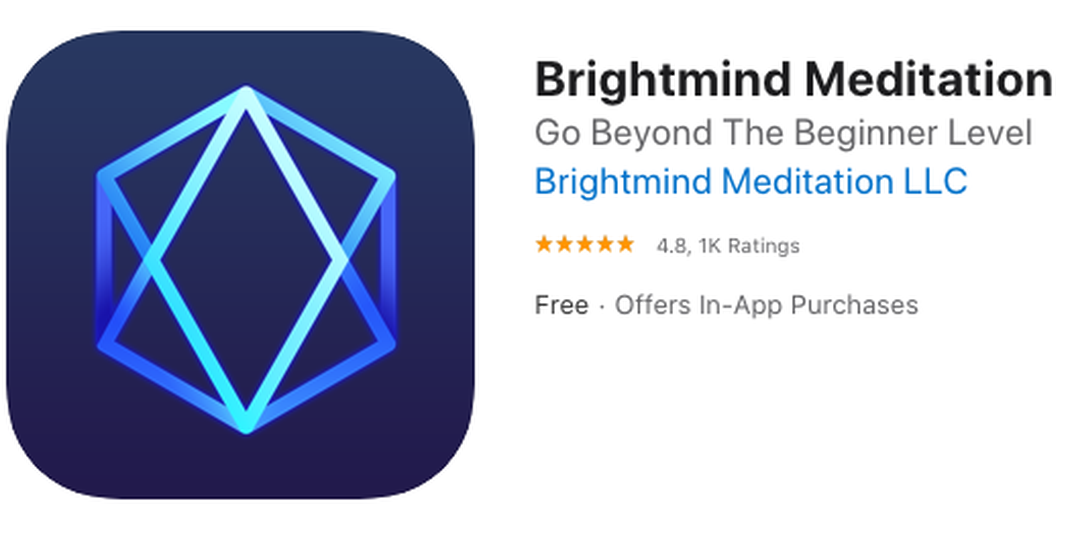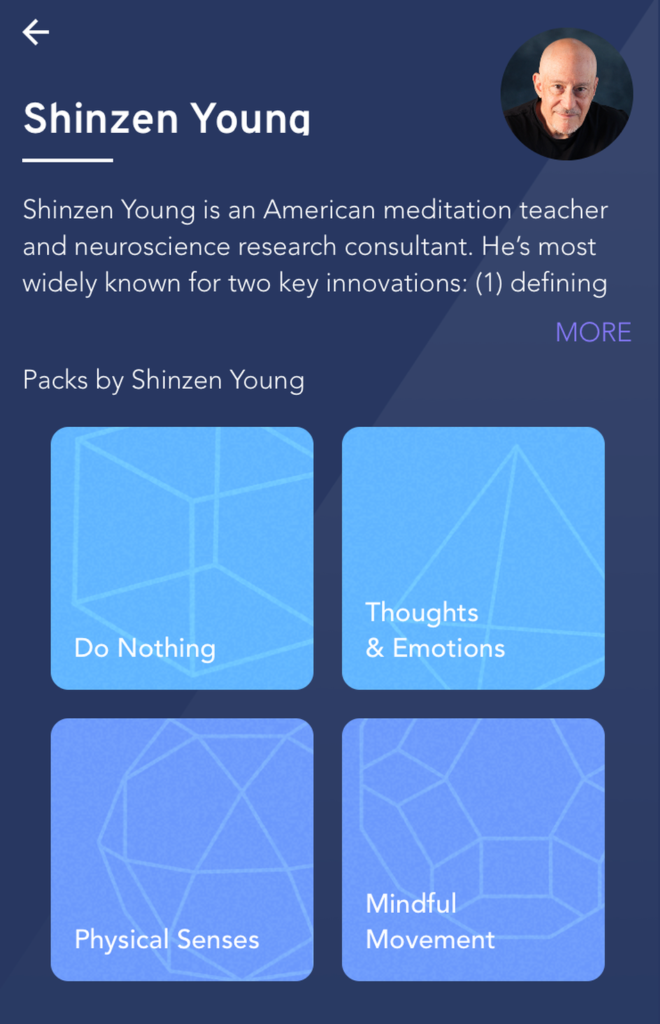Mindfulness has become one of those wellness buzzwords that can mean anything depending on who’s saying it. On Instagram, it might be the hashtag posted alongside an inspirational quote. You’ve probably heard about school teachers who use it to help wiggly kids. Corporations have turned to mindfulness to boost employee productivity.
Despite how it’s used in popular culture, mindfulness as a concept has a widely accepted definition: It is awareness that arises through paying attention, on purpose, in the present moment, nonjudgmentally, according to mindfulness expert Jon Kabat-Zinn. Rooted in Buddhist meditation traditions, mindfulness is a practice that can reduce stress, increase focus, and decrease emotional reactivity, among other benefits.
If that sounds great, you might be wondering how to actually learn and cultivate mindfulness. The good news is there’s no shortage of options. Kabat-Zinn has a series of books on the subject, along with audio and video instruction. The UCLA Mindfulness Awareness Research Center offers live and pre-recorded classes, as do other universities with mindfulness programs. In pre-coronavirus pandemic times, your local yoga studio probably hosted mindfulness workshops, which may have since shifted to Zoom. Similarly, meditation centers are also an excellent resource.
For some, however, learning mindfulness via an app may be more appealing. It eliminates the awkwardness of joining a class or video call as a stranger. Sessions can be done at your preferred time, location, and place. The downside, however, is sorting through hundreds of wellness apps, after searching for “mindfulness,” trying to find the one that best suits your needs and personality.
That’s why we’ve talked to experts about what qualities to look for in a mindfulness app, and reviewed several apps that offer some form of mindfulness education.
How does mindfulness work?
The first thing you might be wondering — or feel worried about — is whether practicing mindfulness means committing to meditation. The two things are, in fact, separate.
Diana Winston, director of mindfulness education at UCLA’s Mindful Awareness Research Center and author of The Little Book of Being: Practices and Guidance for Uncovering Your Natural Awareness, likes to describe mindfulness as a quality of attention you can have at any point of the day. Meditation is a technique that helps train the mind to develop that attention, through repetition and practice.
“Do you have to meditate to be mindful? No. Does it help? Yes.”
“Do you have to meditate to be mindful? No. Does it help? Yes,” says Winston, who offers mindfulness instruction on the UCLA Mindful and Ten Percent Happier apps.
Another helpful distinction is to remember that meditation doesn’t necessarily involve mindfulness. Some meditations are meant for relaxation or sleep. Mindfulness, on the other hand, is the work of staying in the present moment, so dozing off during a session isn’t exactly encouraged. Mindfulness meditation is designed to focus your attention on whatever feelings or sensations arise. Those could be pleasant, neutral, or even painful. The point is to accept whatever comes rather than avoid or wish it away.
Developing that acceptance is a skill — and one that’s critical to experiencing the benefits of mindfulness, according to research.
Emily Lindsay, a research assistant professor at the University of Pittsburgh, led a 2018 study that developed a mindfulness training app with renowned expert Shinzen Young to discover what happened when one group of users received instruction on monitoring their emotions and physical sensations while a second group learned both how to pay attention to those feelings and accept them. A third control group learned certain coping skills.
Lindsay and her co-authors found that the group exposed to the combination of monitoring and acceptance experienced significantly lower blood pressure and lower levels of the stress hormone cortisol. Additional research showed other benefits like increased positive emotions and reductions in loneliness.
“We found that it was really important to learn these acceptance skills, like equanimity and welcoming your experiences,” says Lindsay. Simply noting one’s thoughts, in the absence of that calmness and openness, might not lead to the same benefits.
The strength of mindfulness is that it can be applied to any situation, including quotidian or common events like brushing your teeth or arguing with your child. One key skill you’ll learn is how to work with difficult thoughts and emotions as well as physical discomfort.
If this doesn’t sound right for you, it may not be. Despite gushing testimonials about how mindfulness changed people’s lives, the practice can actually worsen anxiety for those who’ve experienced trauma by prompting flashbacks and heightening the body’s fight-or-flight stress response. Paying close attention to your breath or sitting in silence for long periods of time, which is common in many mindfulness meditations, may also feel untenable.
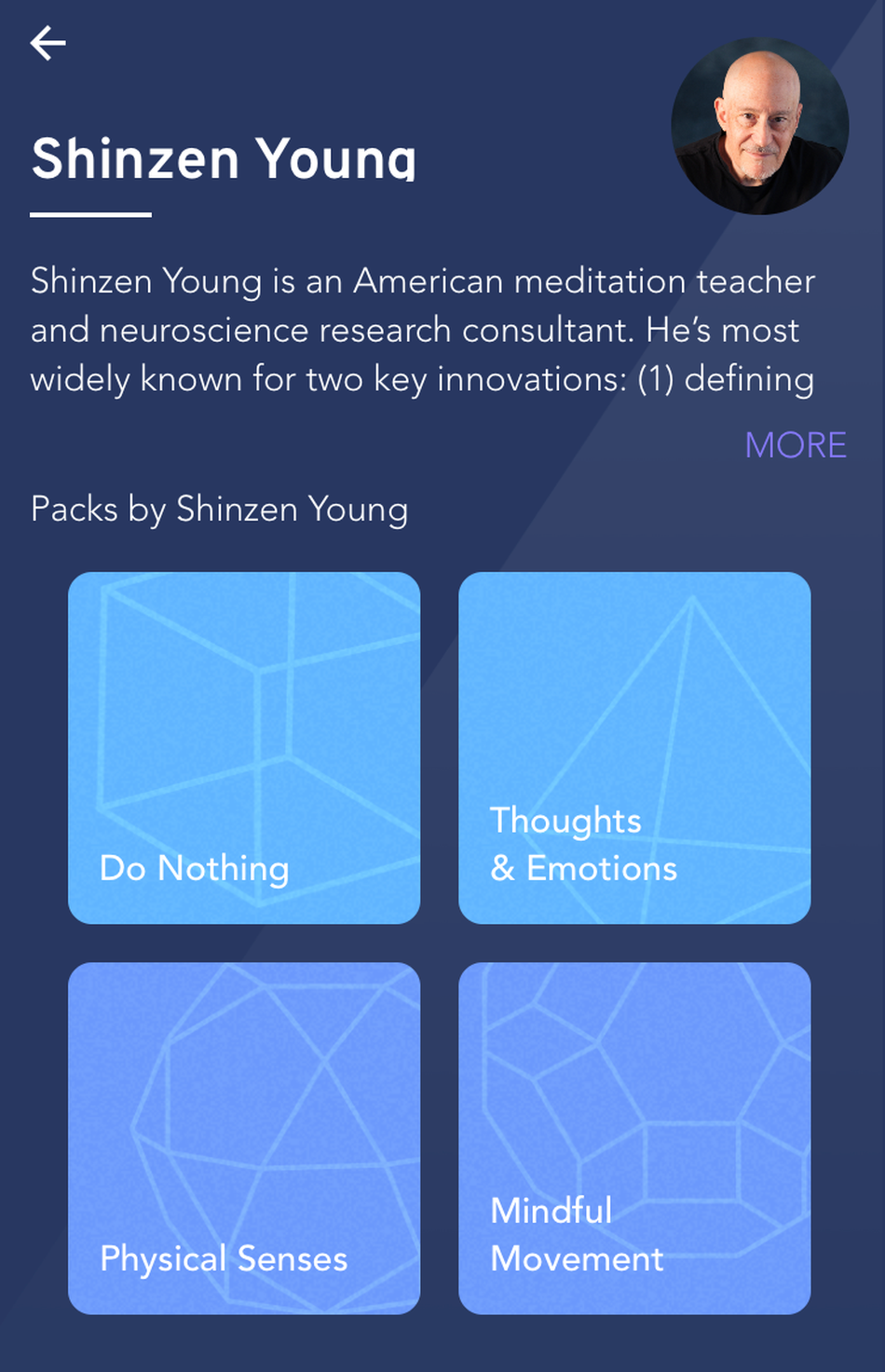
Image: brightmind
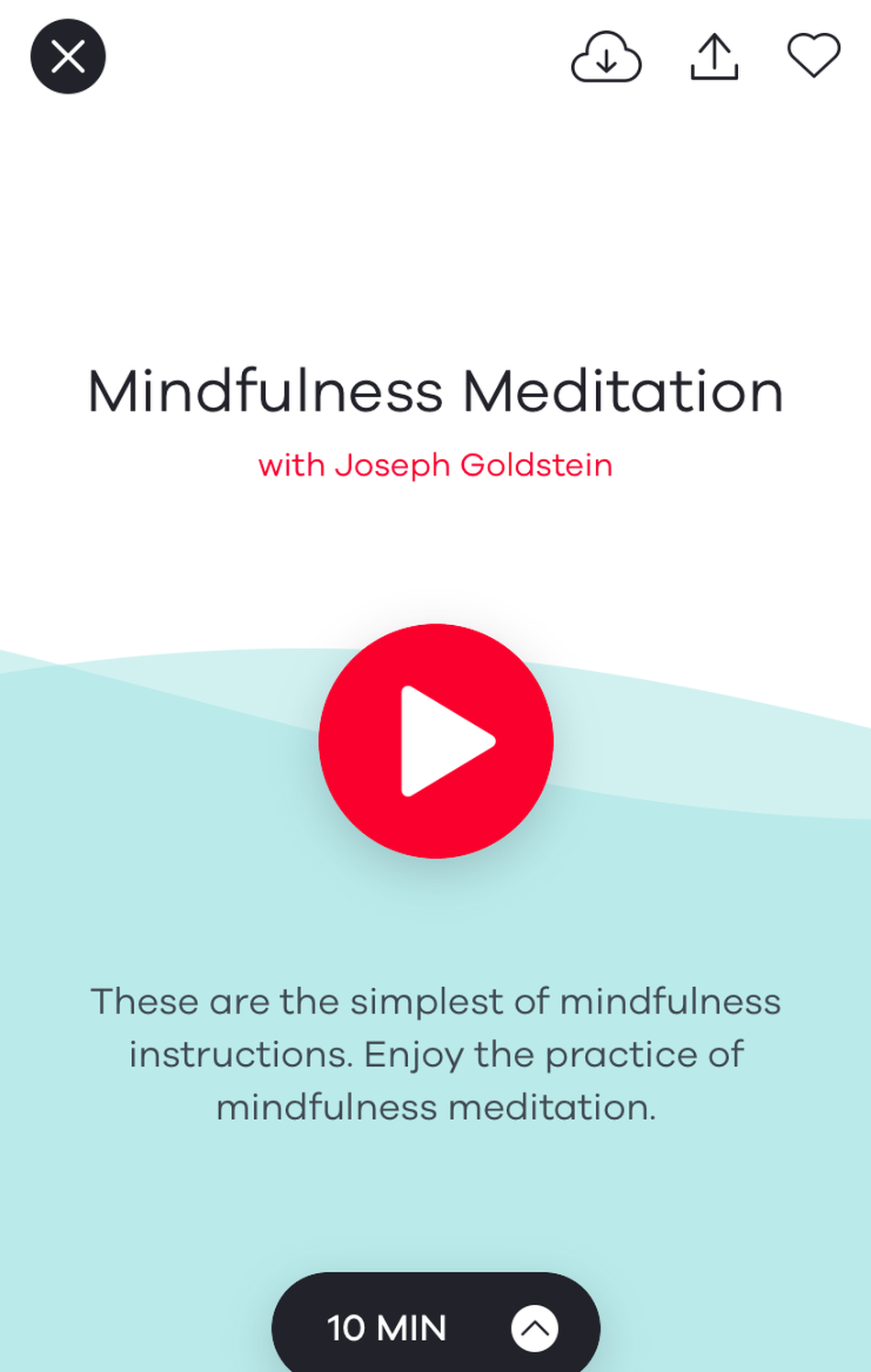
Image: Ten percent happier
“I think everybody has to find out for themselves what they need to do in their view,” says Winston. “For some people [mindfulness] is enough, and for others it’s not enough.”
Skeptics might also wonder if mindfulness is an inclusive practice. After all, the stereotypical depiction of mindfulness frequently involves imagery of white women dressed in yoga attire, looking serene. When a meditation teacher prompts a student to accept their emotions without judgment and release attachment to their identity, a person of color may feel completely misunderstood, or that mindfulness is for people who aren’t coping with internal and external pressures directly linked to that identity. Anger and avoidance, for example, may help a Black person move through the world with conviction, and safely.
“I believe that the more mainstream mindfulness practitioners really try to create practices that are non-contextual, that can be applied at any time, with any person,” says Veronica Womack, a social psychologist who teaches mindfulness studies at Governors State University. “But one of the things I’ve been intentional about is thinking about the context in which a person experiences a stressor for which they go to mindfulness to relieve.”
Womack, co-founder of the website Beneath The Façade, a resource for Black women dealing with gendered racism, says that those stressors are often social and include sexism, heterosexism, and racism. When teachers won’t or can’t acknowledge those factors specifically, it might make students feel excluded or unwelcome. They might wonder how to reconcile being asked to surrender aspects of their identity with the reality that how they’re treated can be directly linked to that identity.
Womack’s own research shows that mindfulness can have positive effects for Black college students. So the problem isn’t necessarily the practice but how the field and its instructors frame it.
“One reason mindfulness can be really helpful for women of color and men of color is because being mindfully aware doesn’t necessarily change the frequency with which you’ll experience a stressor, but it could possibly change your response to it,” says Womack.
What to look for in an app
Both the Apple App Store and Google Play offer numerous high-quality meditation apps. When you sift through the options, take these factors into consideration:
1. Guided meditations vs. mindfulness instruction. If you want to learn mindfulness, look for an app with courses and content specific to that practice. Some apps offer guided meditations that lead the user through a mindfulness experience, says Winston. But other apps are geared towards teaching mindfulness in a more systematic way. She recommends users know what they’re looking for and choose accordingly. If you have trouble finding mindfulness content on an app, try searching for “mindful” or “mindfulness.”
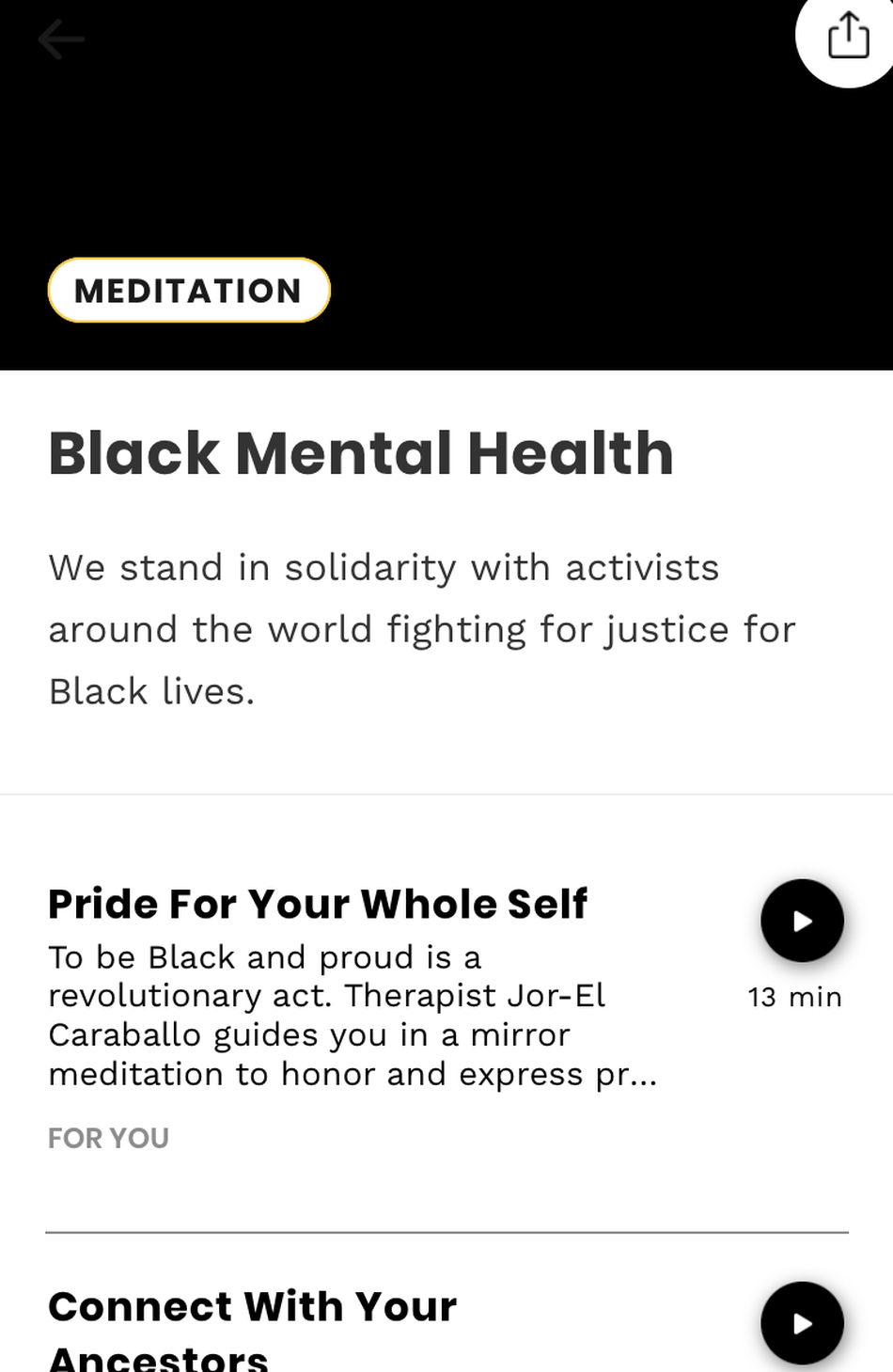
Image: Shine
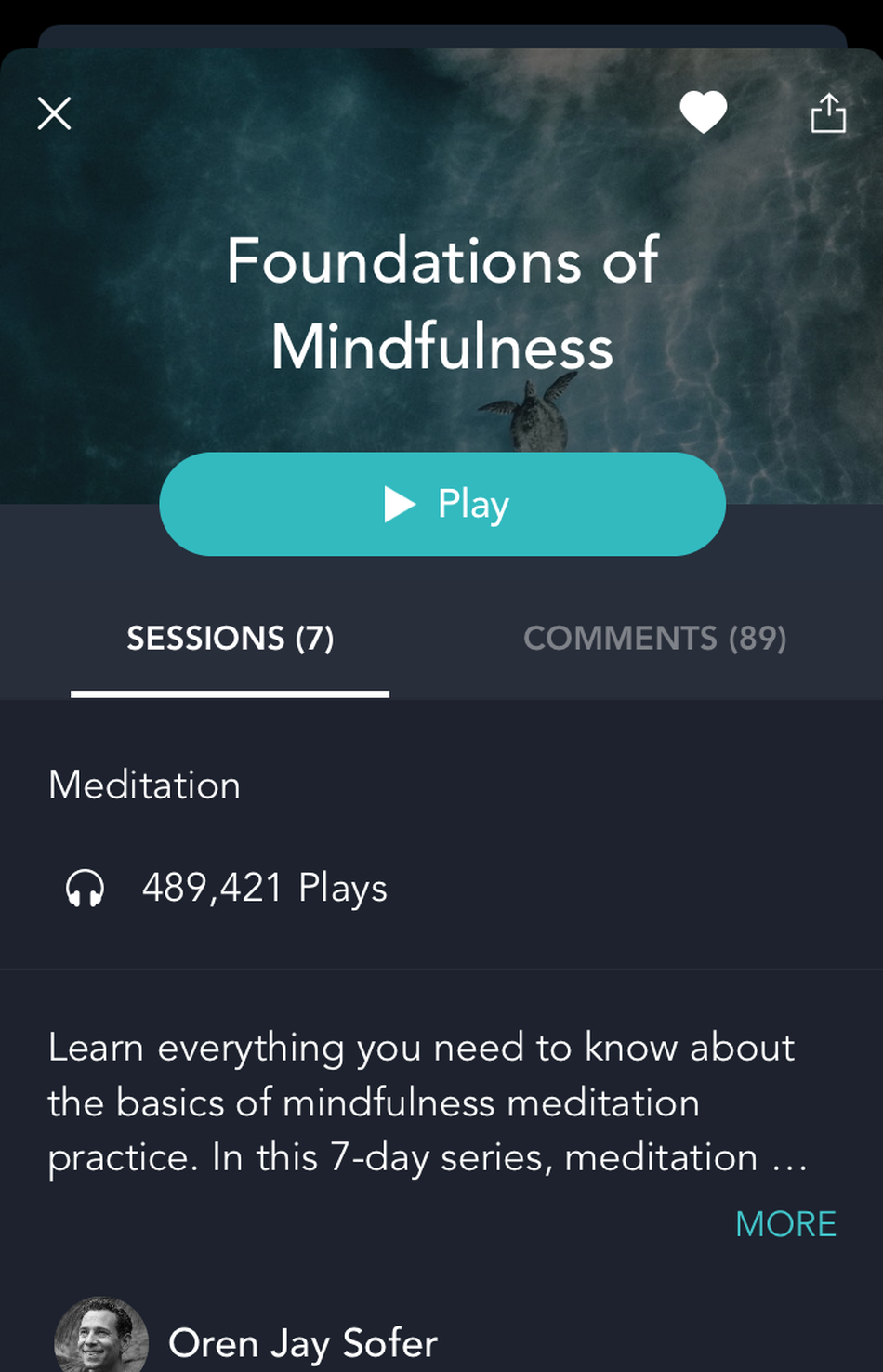
Image: simple habit
2. What skills will you learn? When you search for mindfulness instruction, check to see if the content is skill-based. Awareness, acceptance, and self-compassion are cornerstones of mindfulness. They can be taught, but you won’t learn much from an app that offers vague guided meditation and calls it mindfulness.
3. Check out the teachers. Some apps, like Brightmind and Headspace, are built around teachers who have a long track record in meditation and mindfulness. Brightmind features Shinzen Young, as well as other renowned instructors, and former Buddhist monk Andy Puddicombe voices much of Headspace’s content. Vetting the instructors will give you a better sense of their experience, teaching style, whether they’re actively inclusive of all users, and responsive to current events.
4. Inclusivity. Every user benefits when they’re exposed to a broad range of views on mindfulness. Check and compare apps to see if they offer instruction or content from diverse voices. The apps Liberate and Shine, for example, were developed specifically with people of color in mind, which may be appealing to users regardless of their ethnic or racial identity. Additionally, if the app or instructor adopts a rigid approach to mindfulness, dismissing forms of practice like dance and movement or insisting that you must be alone, it may not be a good match.
5. Community and support. One downside of using an app to study or practice mindfulness is that it’s difficult to replicate the experience of learning in-person from an instructor and hearing from other participants. In most cases, there’s no opportunity to troubleshoot challenges with a teacher. The app, however, Ten Percent Happier, does provide access to personalized coaching with a membership. Sanvello offers coaching, but not necessarily with someone trained in mindfulness meditation. The app also has discussion and chat group rooms. Shine posts a question of the day for community members to discuss, and a premium subscription comes with access to a private community for real-time advice. While it may be more effective to seek community and support outside of an app, it’s worth checking to see what’s available.
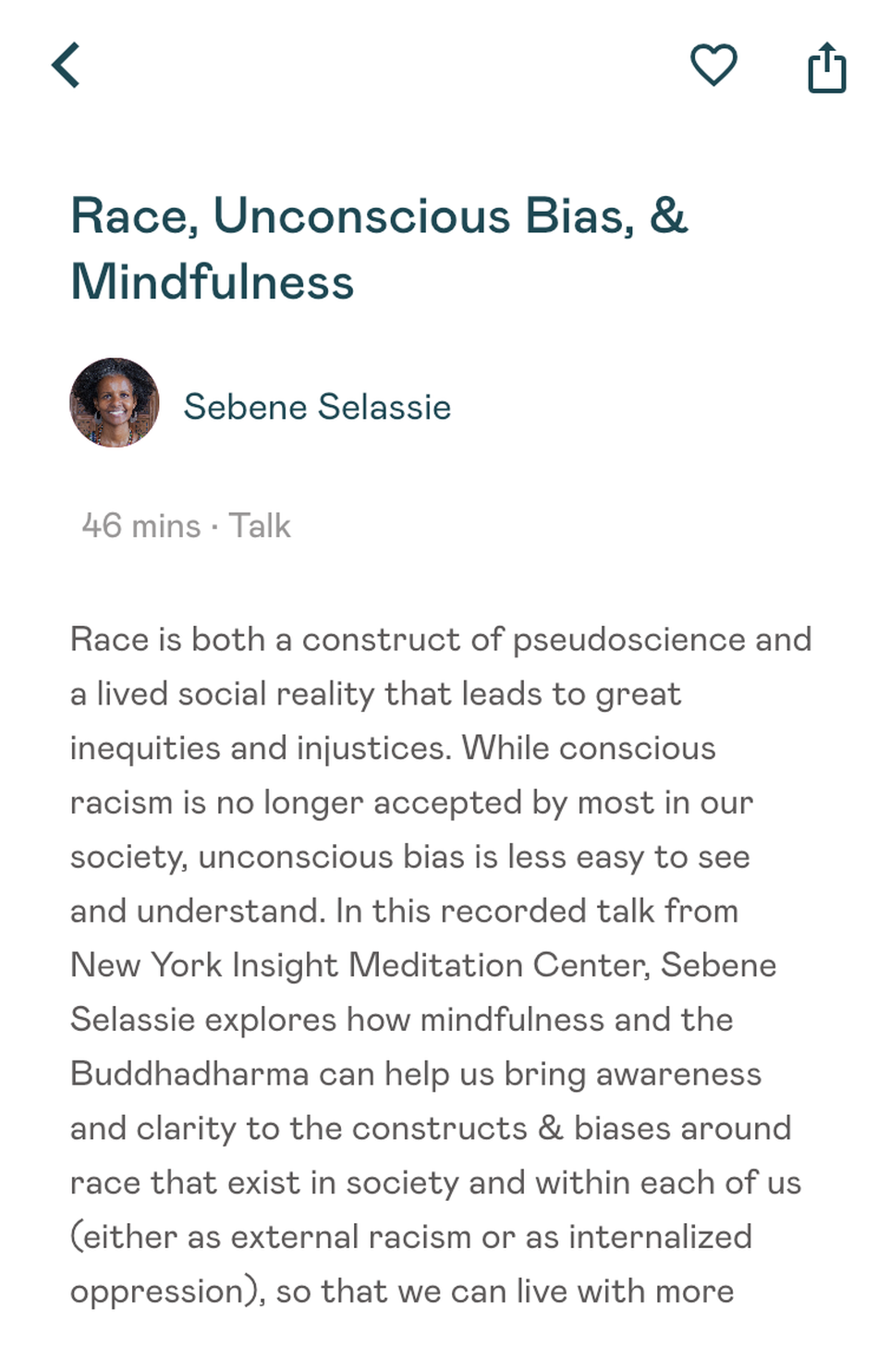
Image: liberate
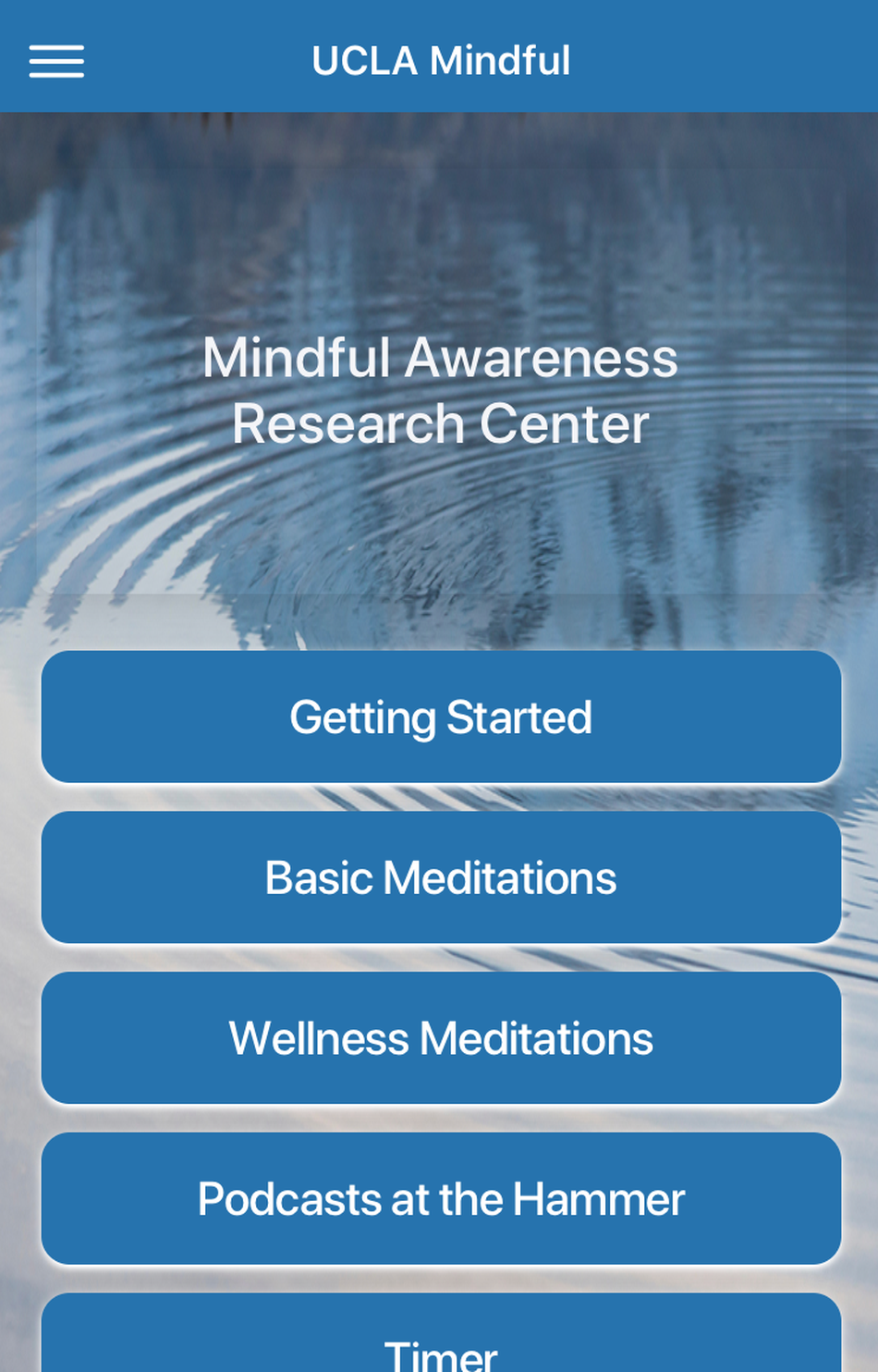
Image: ucla mindful app
6. Does it work? There’s little research to demonstrate whether specific meditation and mindfulness apps work. Headspace touts scientific studies that show some benefit, but experts say the results so far don’t justify embracing it as highly effective. Many apps, though, haven’t even tested whether the product delivers on its claims. Before you use or pay for any mindfulness app, remember that the field is still young. You may not get the results you wanted. That’s why it can be helpful to use an app as part of a broader approach to mindfulness, in addition to attending virtual courses taught by a live instructor or learning about it independently through books and other materials.
The below apps are some of the most compelling in the mindfulness category, though none are perfect. Some are comprehensive, with full libraries of meditations and a systematic introduction to mindfulness. Others offer basic but limited instruction. As you consider trying one, reflect on which of the above components are critical to you and find the best fit. Most importantly, don’t give up on mindfulness after a bad experience with an app. The point of mindfulness is to keep showing up; the practice will still be there even if an app isn’t.
